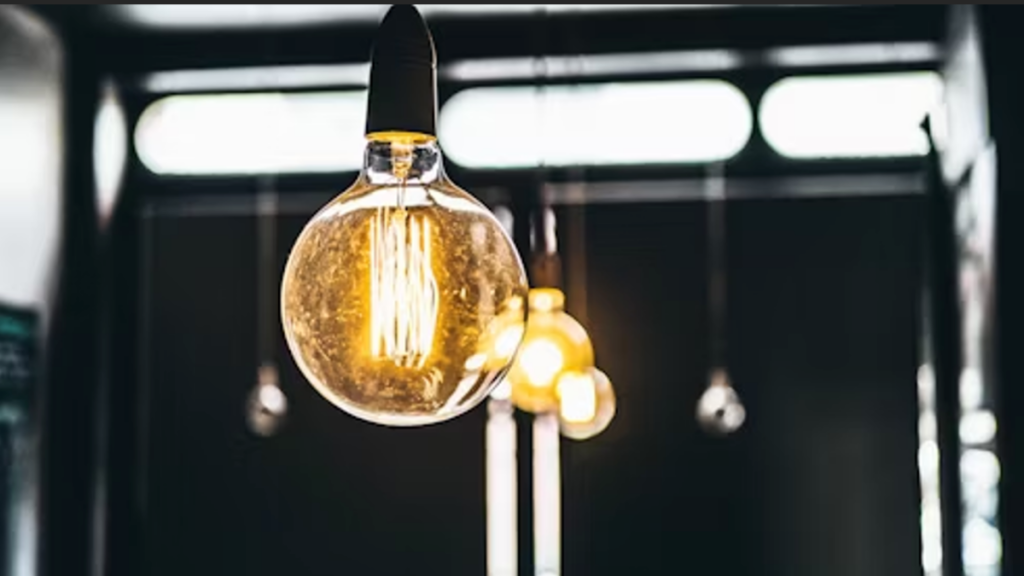A house fire is without a doubt one of the scariest things to imagine for any Australian household. In addition to the worry that your home may be at risk during bushfire season, there’s also the stress of potential house fires caused by faulty electrical connections or appliances.
It’s this concern that drives locals to enlist the services of the electricians Melbourne home and business owners rely on as part of their fire safety maintenance programmes. If you’re a new homeowner, or you don’t have a set fire checklist in place, it may be time to review your home safety protocols.
Fire Checklists—Key to Home Safety
Data shows that over 17,000 residential fire incidents occur in Australia annually. Fire and Rescue NSW attributes at least 40% of these fires to faulty electrical appliances. With this in mind, our safety experts have compiled a list of the top aspects to consider to help you create a fire safety checklist suited to your home.
1. Electrical Appliance Care
Since electrical appliances are a top cause of most house fires, it’s a good place to start. Here are the top tips to consider when you’re creating your safety list:
- Unplug all electrical appliances when they’re not in use.
- Place smaller appliances out of reach of children.
- Routinely check your appliances for frayed cords or worn-out components. These need to be replaced as soon as possible.
- Ensure that there is adequate ventilation around appliances such as the fridge and dryer.
- Never leave your iron switched on or face down on the ironing board.
2. Prioritise Kitchen Safety
Kitchens are the rooms in the house where fires are more likely to occur as high heat, open flames and flammable materials are often being used. The top tips to keep in mind in your kitchen include:
- Never leave cooking unattended in the kitchen and don’t set your stove at the highest heat settings, unless the recipe really requires it.
- Children using the stove, kettle or other appliances should always be supervised. It’s important to teach them fire and kitchen safety rules as they learn to use appliances.
- When deep frying, using hot oil or cooking fat, ensure that flames can’t reach the contents of your pan or pot. Always use a deeper pan for deep frying to ensure that the oil or fat doesn’t splash out onto the stove or surroundings.
- Invest in a meat or baking thermometer to ensure that you heat your oil, water or other liquids to the right temperatures.
3. Add Smoke Alarms to Your Home
Smoke alarms shouldn’t be a nice to have, but a must-have—even required by Australian law. Here’s what you need to know:
- Opt for photoelectric smoke alarms that are linked to an interconnected system. This means that if one alarm goes off, the others will go off too. This makes it more likely they’ll be heard.
- The best place to install smoke alarms is just outside the sleeping areas such as hallways and passages. This will ensure that the alarm can warn residents before the fire reaches them. Our experts recommend installing smoke alarms inside children’s rooms as an added safety measure.
- Maintain your smoke alarms by changing the batteries regularly and ensuring that they are clean on the outside, with no dust hampering their functionality.
- Perform monthly tests by simply pressing the test button and checking the time it takes to sound the beep.
4. Other General Safety Rules
There are several other safety rules to include in your monthly and annual safety checks. These are:
- Clear a safe distance between your heater and other items like furniture, carpets, blankets and curtains. Ensure that heaters are switched off at the power source at the wall, not only the off-switch button on the unit.
- Refrain from smoking in bed as it’s very easy for bedding to catch ablaze if you fall asleep with a cigarette in your hand.
- Clear all ashtrays before going to bed to ensure that a burning cigarette butt doesn’t put your home a risk. Empty the ashtray into outside dustbins.
- Keep lighters and matches out of reach of children.
- Invest in a fire extinguisher and a few fire blankets and ensure that everyone in the home knows how to use them. Keep in mind that these items must conform to Australian Standards.
- Teach children about fire safety as well as how to phone the emergency services. It’s also a good idea to have a few practice drills with smaller children to teach them where to exit the house and wait for help.
- Speak to your local electrician regarding an annual maintenance plan or further suggestions that can be added to your home’s fire checklist.
Final Thoughts
With the right amount of care, there’s no need for you to be overly stressed about your home being at risk of a household fire. By implementing these valuable tips into your annual home maintenance checklist, you will keep your family and home as safe as possible!




